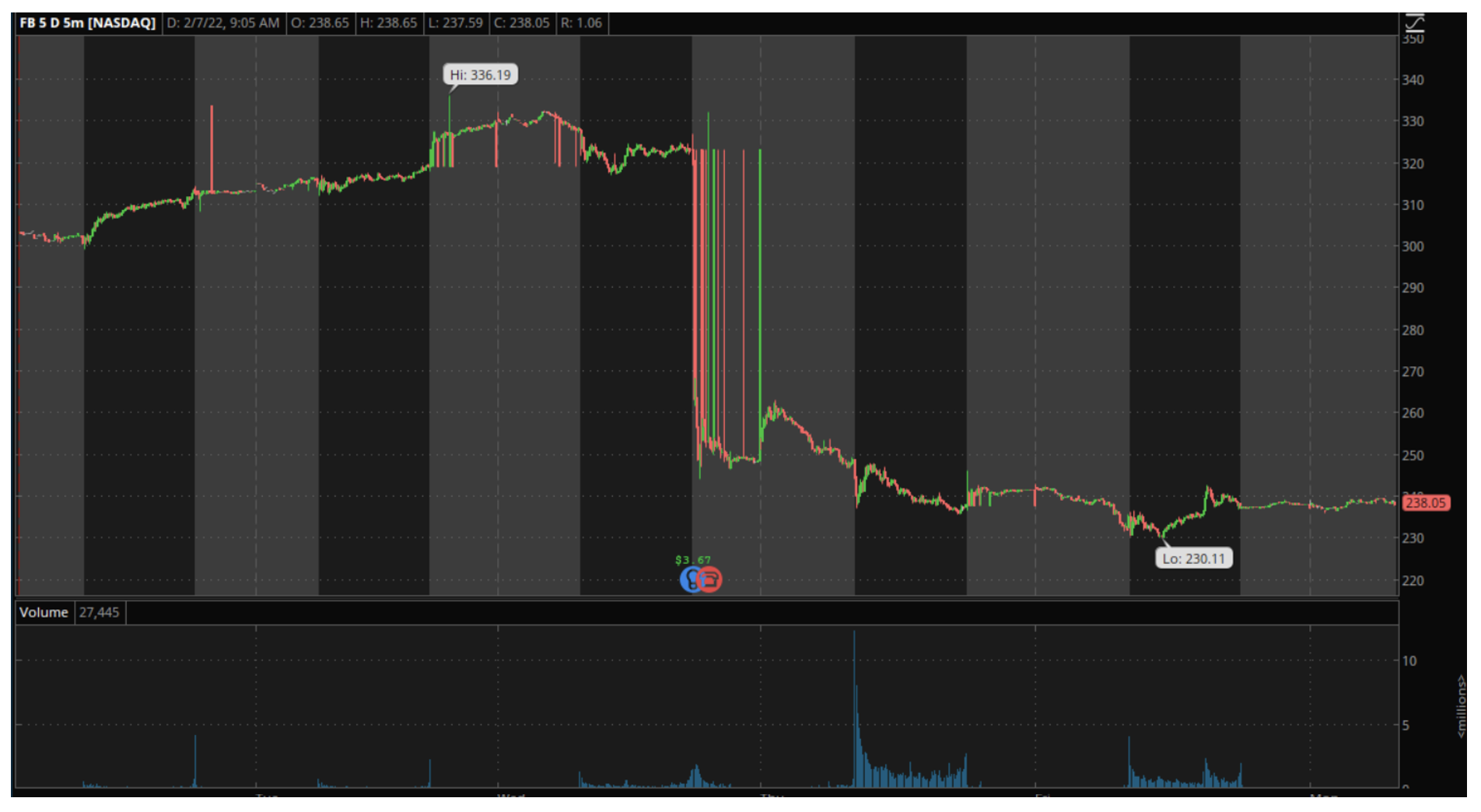I Hate to Say It, But It's a Stock Picker's Market: Here's What to Pick

During my stint as a financial adviser, I came to hate the phrase "stock picker’s market." It was at the time when index ETFs were gradually gaining ground, and the parade of mutual fund wholesalers who came through our office would always tell that every market favored stock pickers, whether it was moving up, down, or sideways. It was their justification for the fees that went to fund managers and ultimately hurt our clients’ portfolios if we were convinced by their argument or, in some cases, by the lunch or dinner that accompanied their presentation. Despite my ingrained aversion to the phrase, however, I have to admit that we are now in just such a market.
For many traders and investors, Monday mornings are a time to take stock of the news, to look at the market overall, and to strategize for the week ahead. Right now, while that kind of generalized view can be used by day traders to form a plan with regard to trading index futures, it is of very little use to investors who are in it for the long term. For them, movements in the Dow, Nasdaq, and S&P 500 have become almost irrelevant outside of their holdings in index funds that track those benchmarks, because there is such a massive difference in the performance of individual stocks within them.
We saw that in an exaggerated way last week when Facebook parent Meta (FB) and Amazon (AMZN) reacted so differently to earnings reports. FB dropped a stunning 27% on a miss in terms of user numbers, while AMZN jumped around 17% on a massive bottom-line beat. In that kind of environment, talking about "the Nasdaq" is pointless, because while the net influence on the index would have been minimal, it disguises a huge delta in the performance of two individual stocks.
Those are extreme examples, but the same scenario is playing out across the board in lesser ways too, for two fundamental reasons.
First, moves in either direction are being exaggerated because of a lack of liquidity. In a liquid market, moves tend to be smaller as the layers of orders to buy or sell absorb pressure in the opposite direction. Currently, by contrast, orders in the market are relatively far apart, leading to big swings. Earnings are released outside of market hours when liquidity is always low, but even in that context, the consistent, repeated swings of around $100 within five-minute time frames shortly following Meta’s earnings last week were notable.

That is not what any chart looks like, no matter how drastic the news, in a market with decent liquidity.
Second, inflation at multi-decade highs and the resulting shift in central bank policies around the world are such fundamental changes in monetary and economic conditions that they are forcing a rethink as to what constitutes a “good” stock. Making money and keeping it has, in the eyes of the market, gone from short-sighted to shrewd in a matter of weeks. On the other hand, companies liked Palantir (PLTR) that fail to prioritize EPS over spending on growth are now seen as arrogant, rather than brave. We all seem to have forgotten for now that Amazon, the big gainer on huge earnings last week, got there by being just that kind of company years ago.
This gives an advantage to a more conservative approach, even within sectors. Banking, for example, has been seen as a potential big beneficiary from a rising rate environment, but within that industry, there are huge differences in performance. Bank of America (BAC), who seem to have been shoring up their balance sheet and improving their liquidity position continuously since the recession has done well over the last month or two, while Goldman (GS), which is perceived as more risk-oriented, has done poorly.
So, what does all this mean for investors? Well, it means that to successfully navigate this market, we must all become stock pickers. As for what to pick, while there has been a lot of talk about value over growth, that isn’t really the defining difference right now. Quality names with a record of proven execution are doing well, whether they are mature companies, or firms who are still executing growth strategies. It is about the quality and track record of management, rather than the possibilities for the future.
Markets are cyclical by nature and always return to the mean so, at some point, that will change and the exaggerated drops in stocks that don’t fit the current view of what constitutes a good stock will look like opportunities. For now, though, it will pay to stick to quality names with proven leadership that have shown they can bank cash when times call for it.
Do you want more articles and analysis like this? If you are familiar with Martin’s work, you will know that he brings a unique perspective to markets and actionable ideas based on that perspective. In addition to writing here, Martin also writes a free newsletter with in-depth analysis and trade ideas focused on just one, long-time underperforming sector that is bouncing fast. To find out more and sign up for the free newsletter, just click here.
The views and opinions expressed herein are the views and opinions of the author and do not necessarily reflect those of Nasdaq, Inc.
